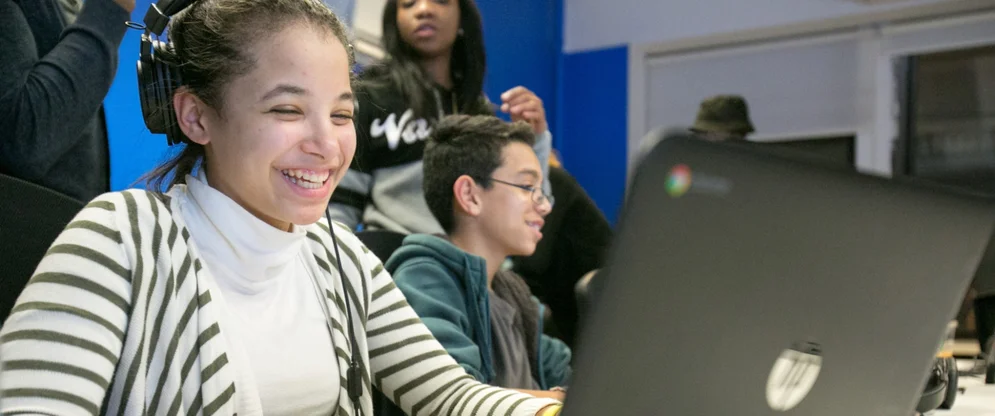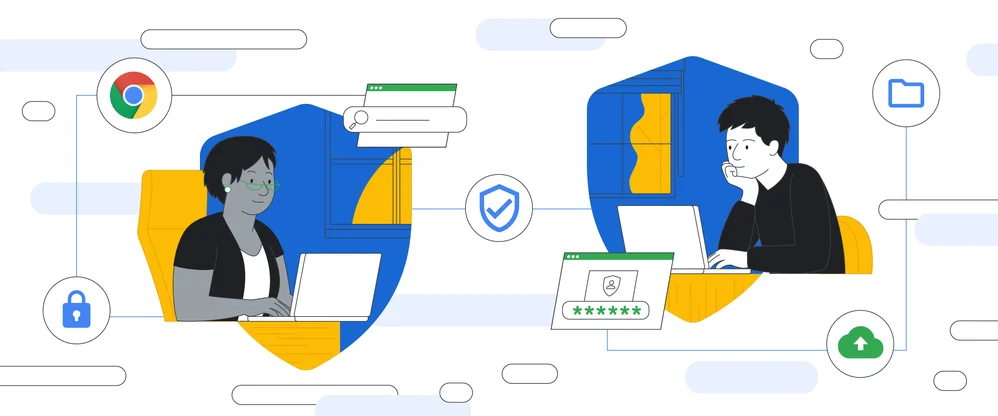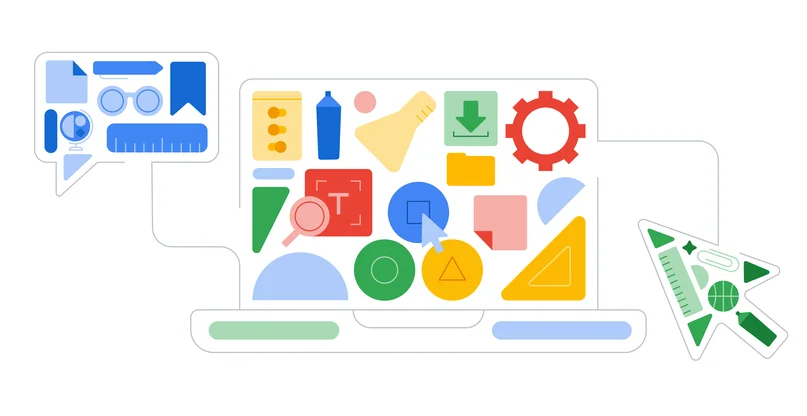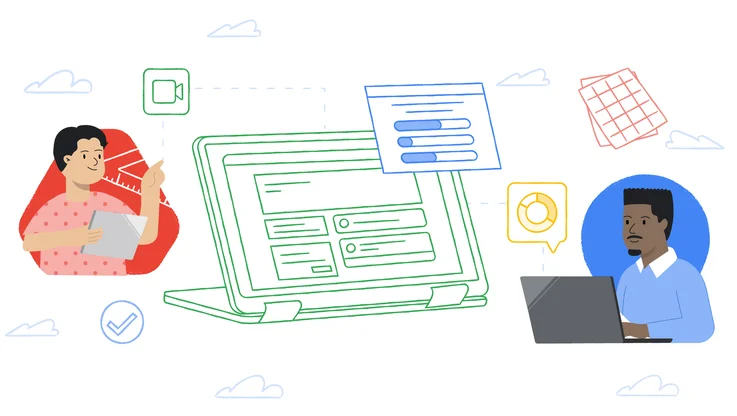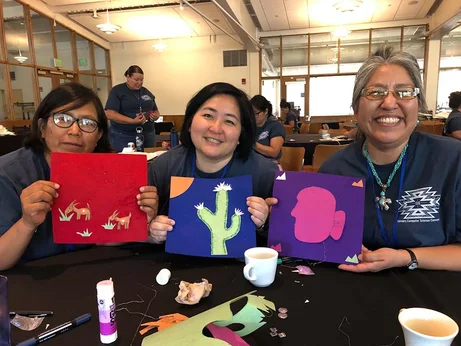New Google Classroom features make it easier to learn, teach, manage and build
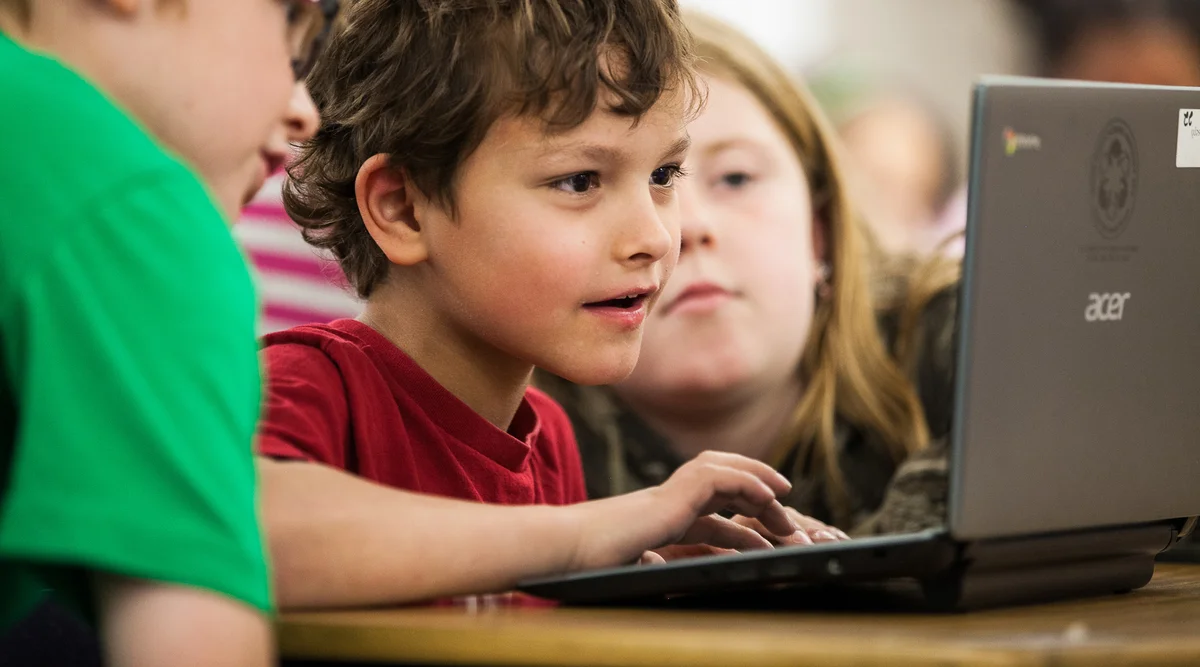
Google Classroom is designed for everyone involved in a student’s education. More than 20 million educators and students use it to teach and learn together, as do administrators who oversee how this tool is used across classrooms, and developers who are building educational technology for the next generation. As everyone heads back to school to start the new semester, we’re releasing new Classroom updates designed specifically for each of these groups.
For students: individualized work for differentiated learning
We know that one-size-fits-all teaching doesn’t always meet students’ needs, and we’ve been impressed with the workarounds Classroom teachers have found to differentiate their instruction. Starting today, Classroom makes it a lot easier for teachers to assign work to individual students and groups based on their unique needs. As they’re creating an assignment, post or question, teachers can choose whether to share it with the entire class or just with a subset of students.
Juli Dalzell, a seventh-grade teacher at Thomas A. Blake Middle School in Medfield, MA, says she likes how the new feature lets her teach students who may grasp concepts at different paces. “I can assign different levels of questions or quantities of assignments,” says Dalzell. “Also, I can push out documents, such as answer keys, as students complete their assignments.”
With this feature, students can also discreetly receive extra practice if they’re struggling with a new subject. Sara Enberg, a library media specialist at Willow River Elementary School in Hudson, WI, says that the new update creates “an easy way to assign a reteaching or extension activity for students who are struggling... Just a quick simple video for a couple of students and they were back on track.”
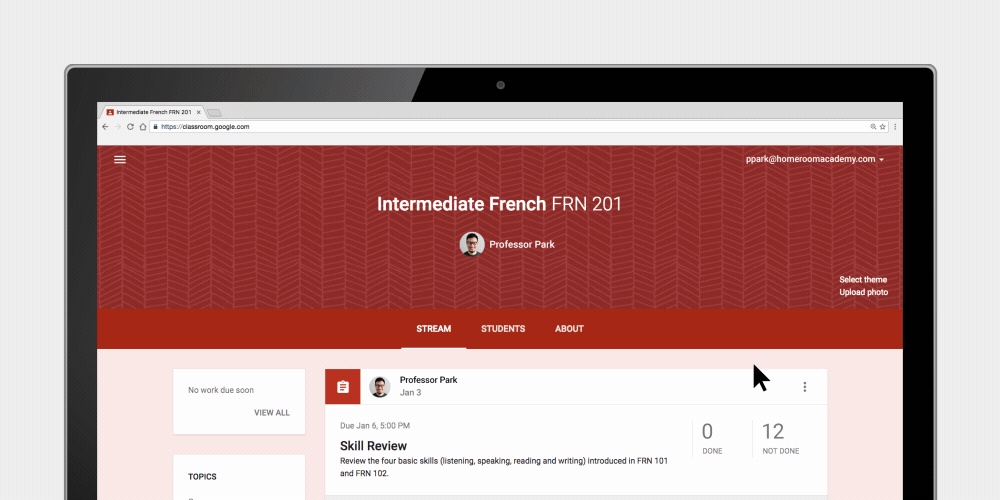
For teachers: new notifications to manage student work
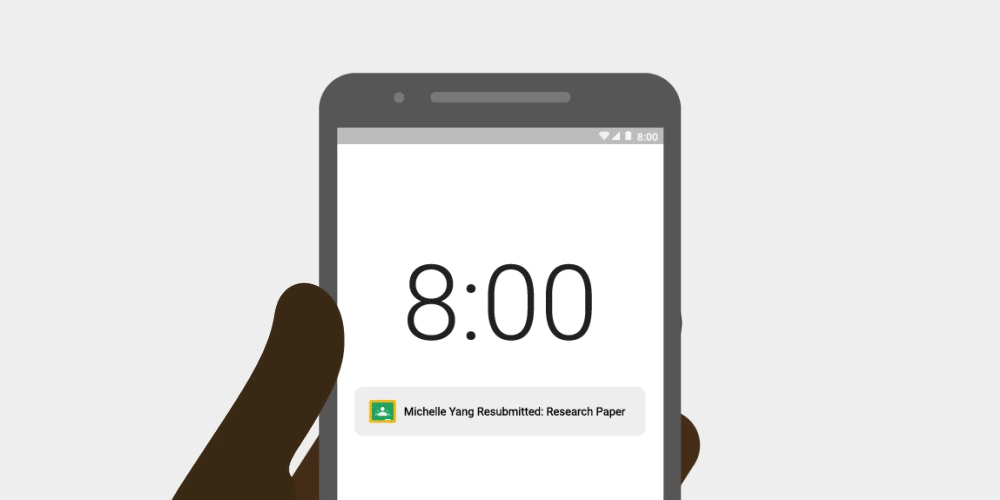
For administrators: metrics to make the most of Classroom
Many administrators rely on the Admin Console to see how Google technology is being used in their schools. Starting today, Classroom data will be included in the Admin Console Reports, letting administrators see metrics on overall Classroom usage and how many classes and posts are being created, both in aggregate and by user. With these reports, as well as new ones to be added in the future, we hope administrators will have the insights they need to provide the best support possible to their teachers and students.
For developers: even more coursework integrations
With all these new features, we hope that students, teachers, administrators and developers will have a happy and productive return to school and work in the new year.

